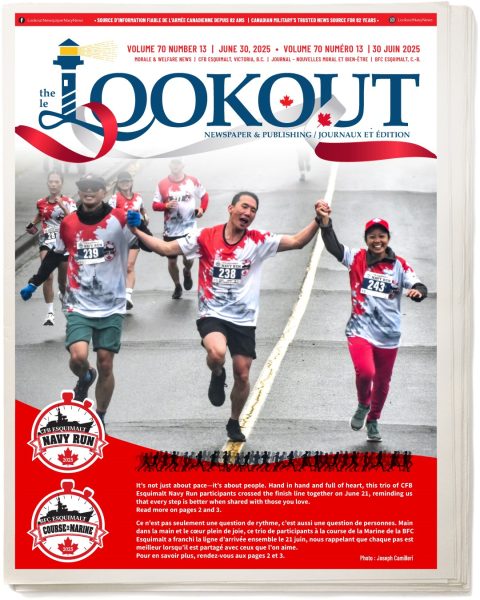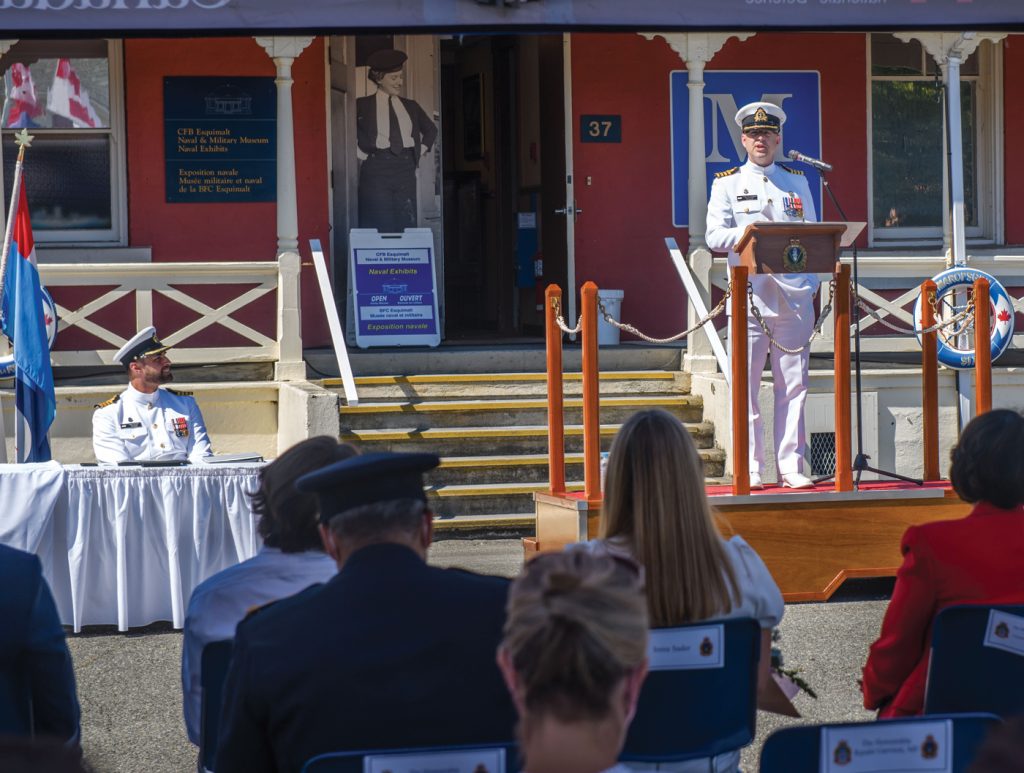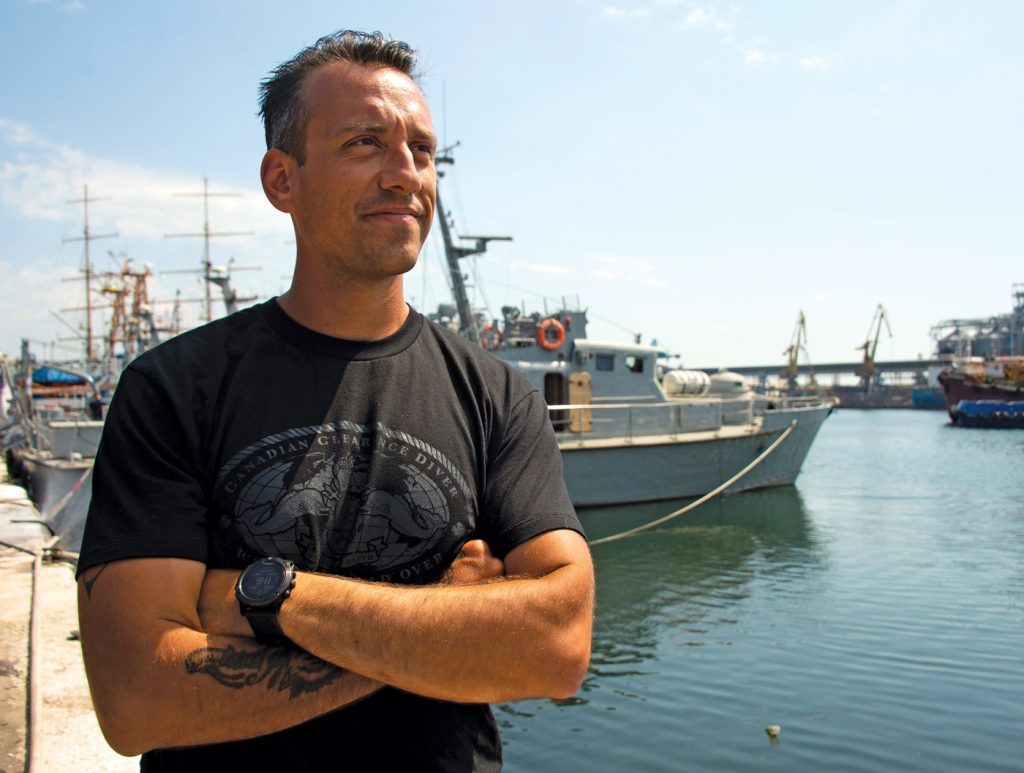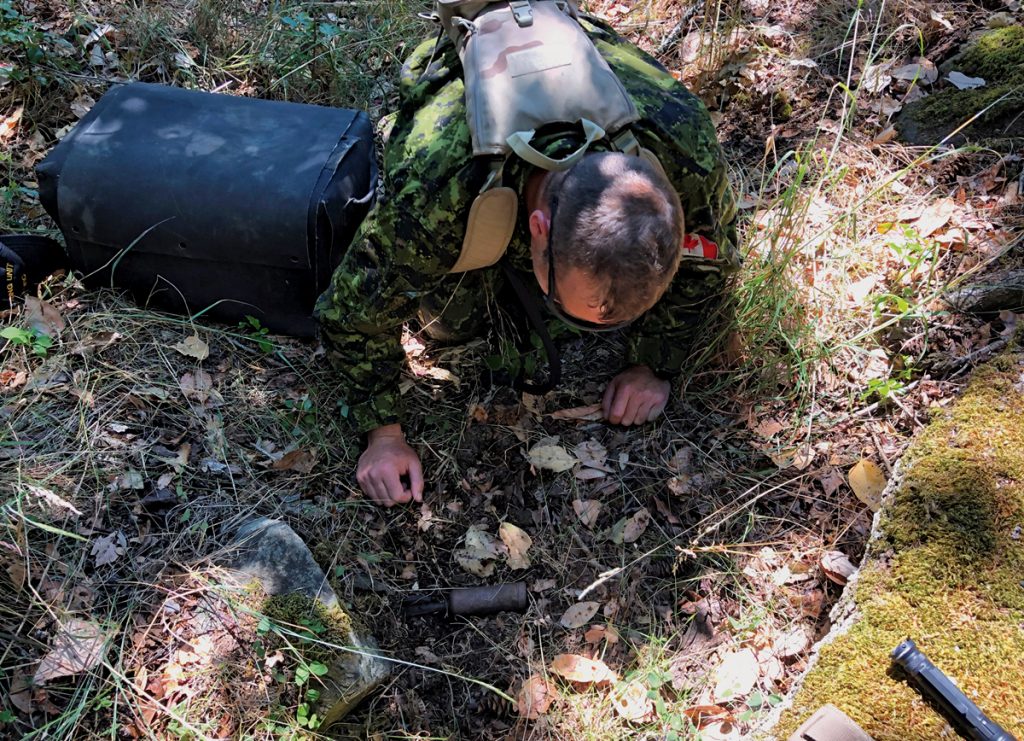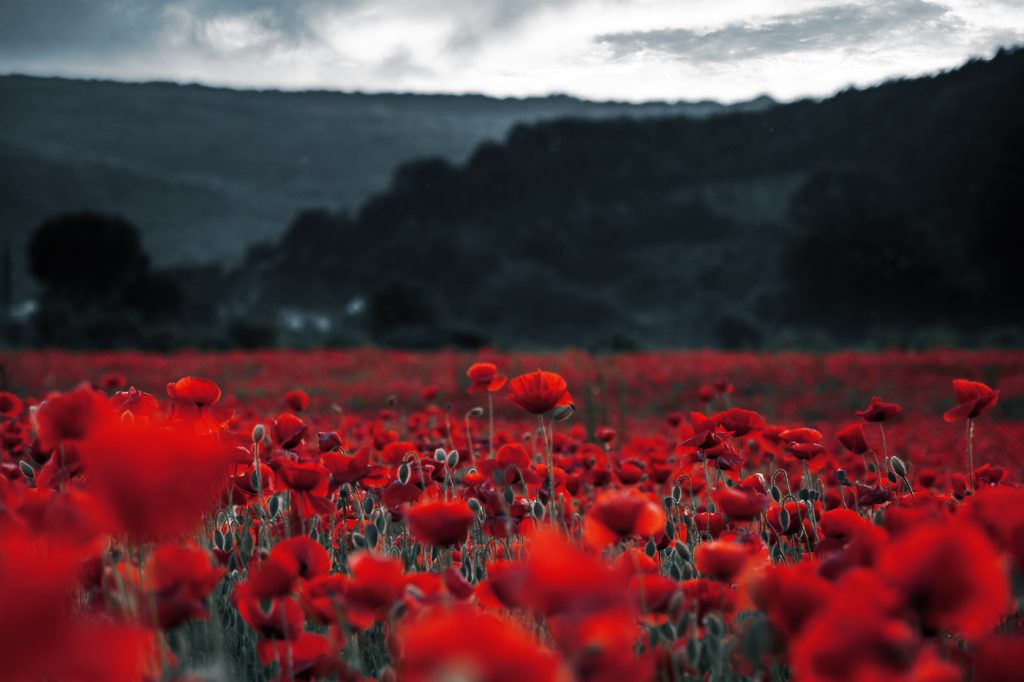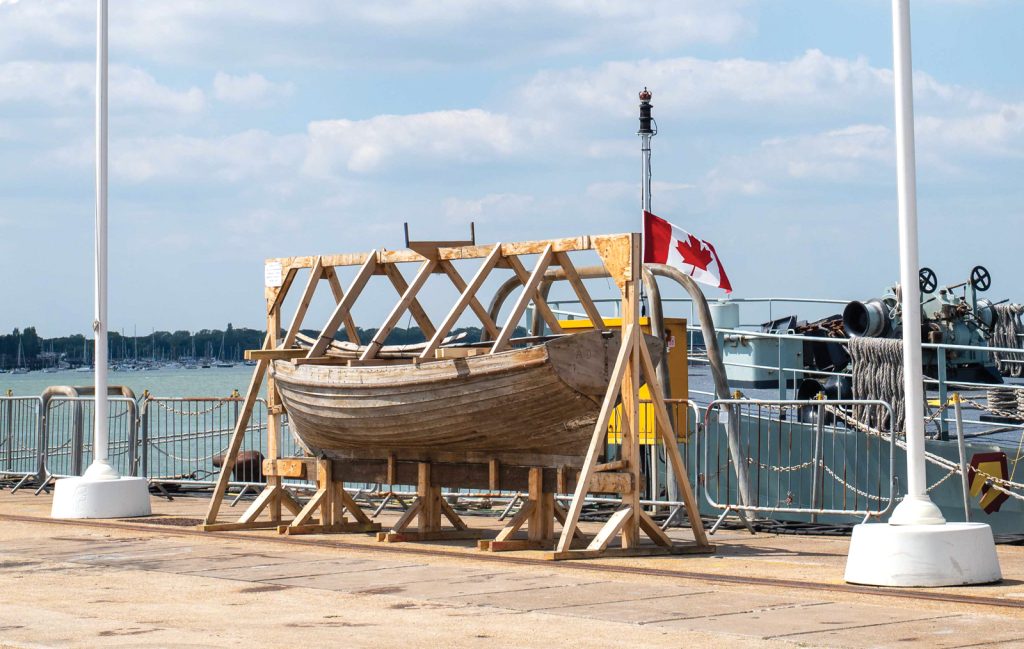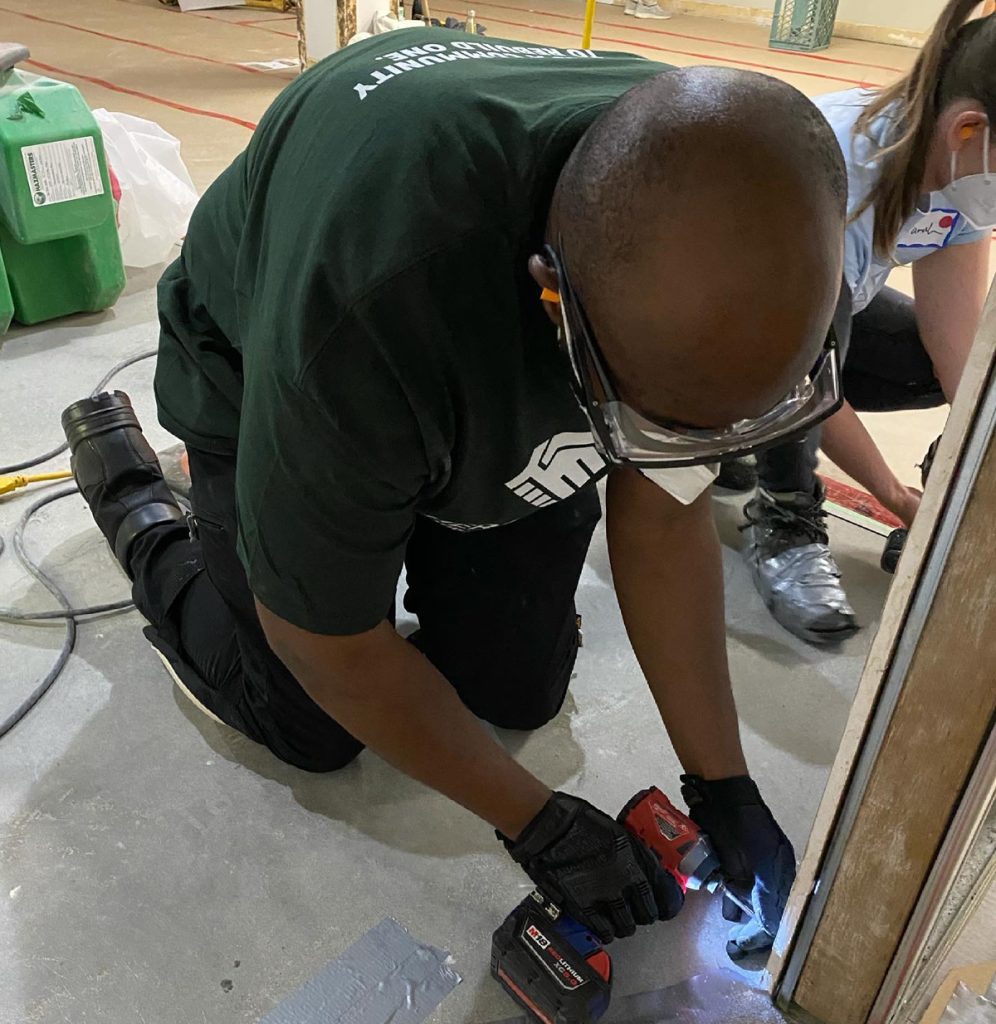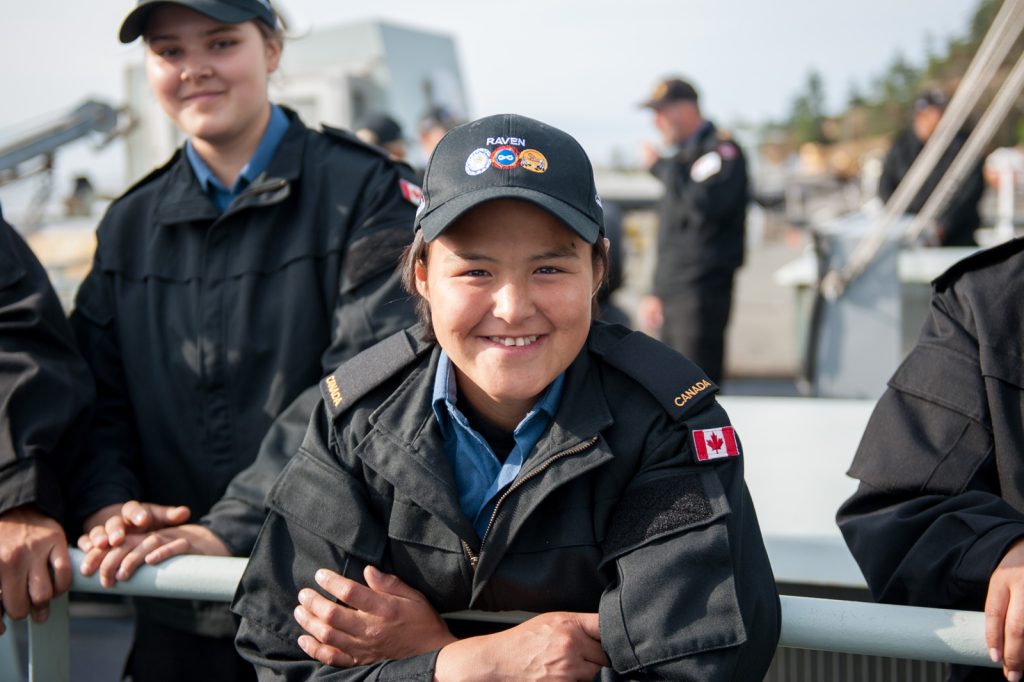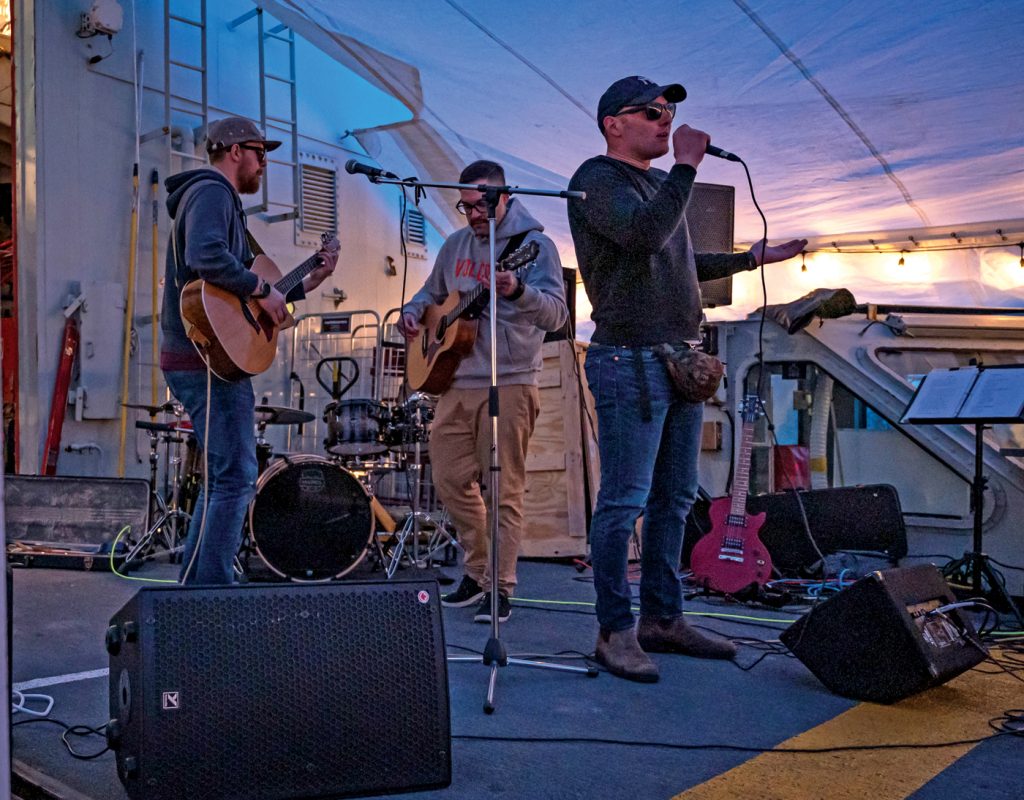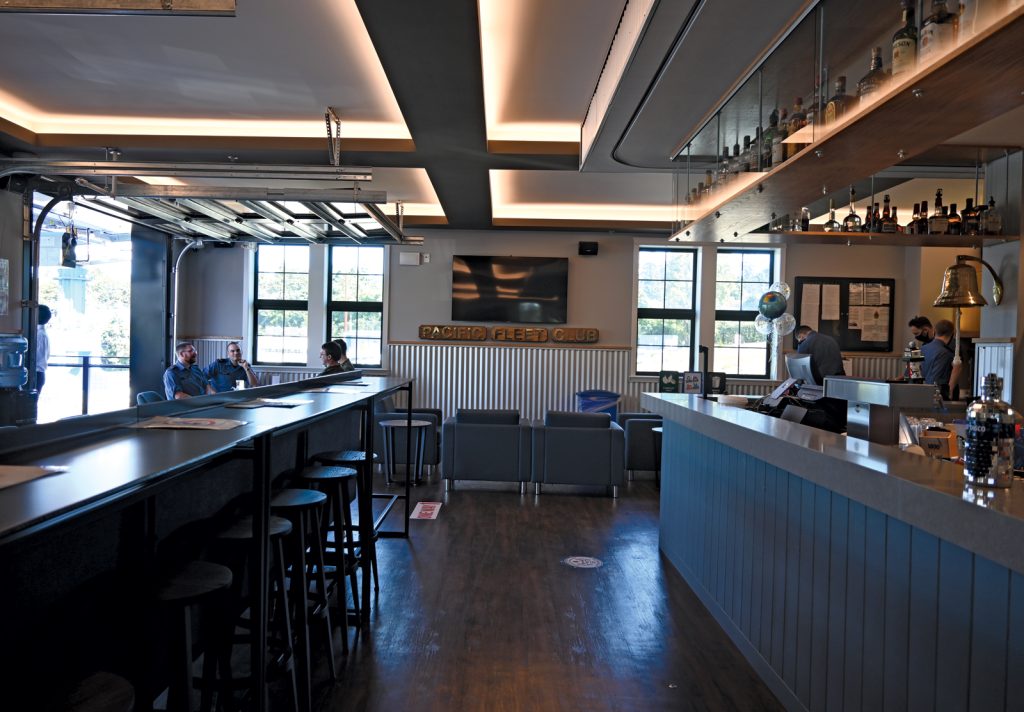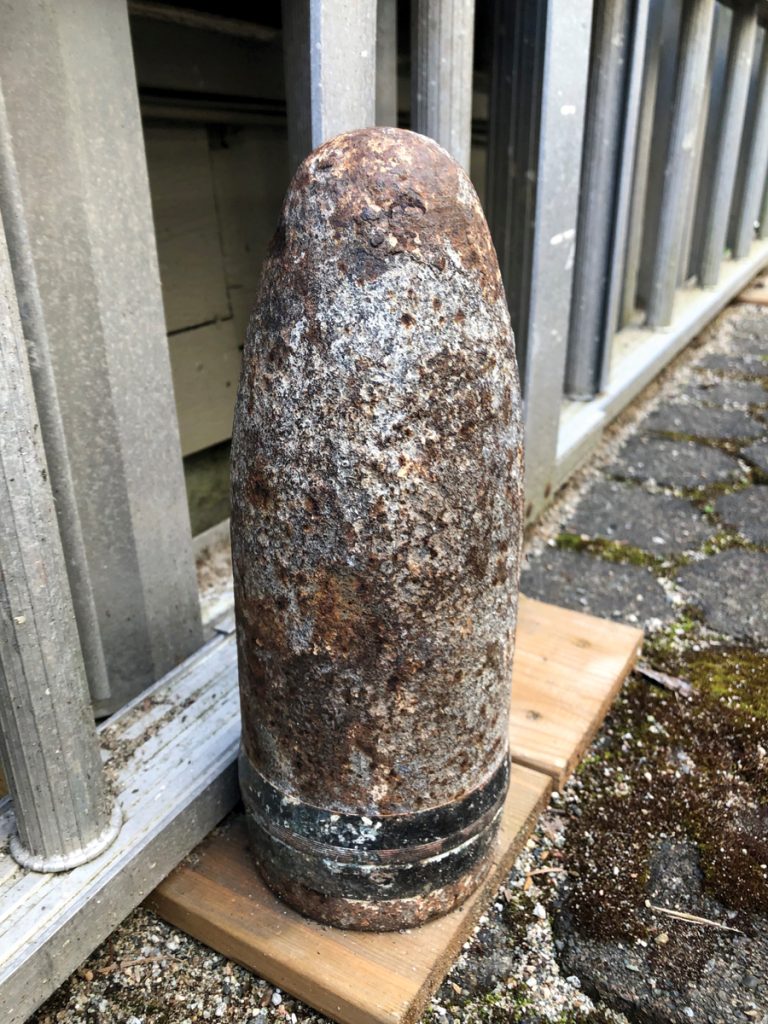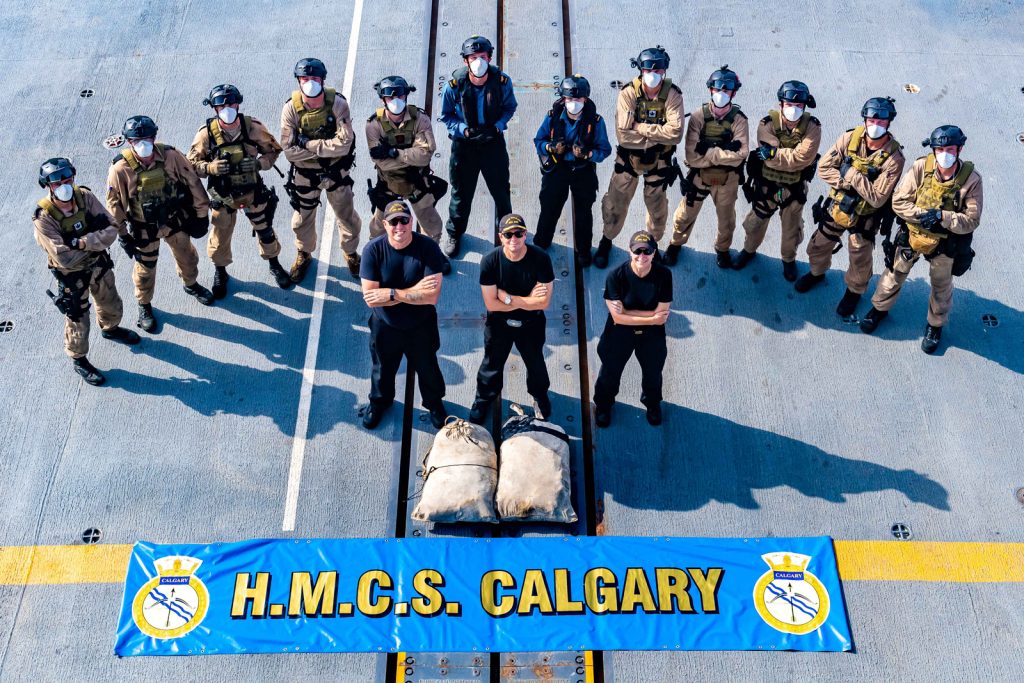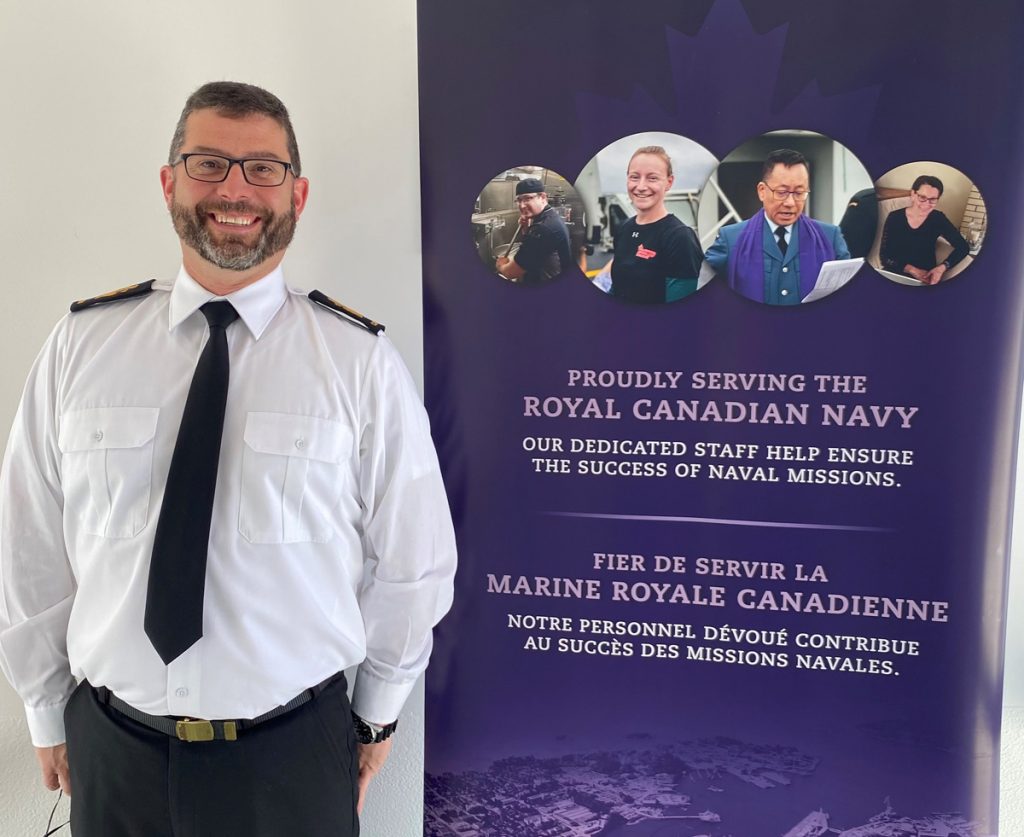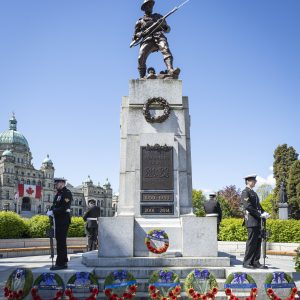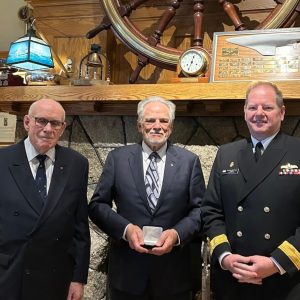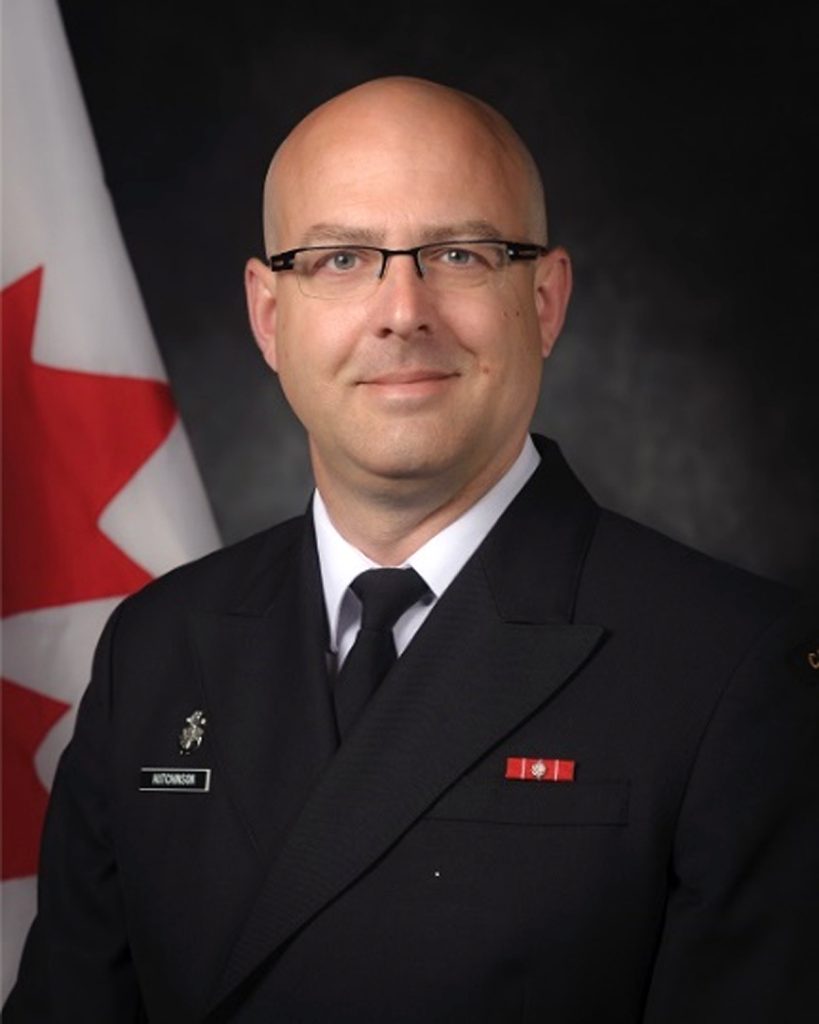
An uncertain start leads to base command
[caption id="attachment_26396" align="alignnone" width="595"] Capt(N) Jeff Hutchinson, Base Commander[/caption]Peter Mallett, Staff Writer––When the grad party died down and the high school certificate was stowed away, a young Jeff Hutchinson was left aimless. It was the early 90s, and nothing really stood out to him as a definitive career path. So, he popped into the Halifax, Nova Scotia, Recruiting Centre, to see what was available for a young lad like himself.The prospect of a paid post-secondary degree in history and an officer commission seemed appealing. He signed up for Navy – following in one grandfather’s footsteps – and headed off to “boot camp”, also known as Basic Officer Training in Chilliwack, B.C.Thirty years have passed since he scrawled his name on the Canadian Armed Forces contract. That young fresh-faced teenage recruit is now a naval Captain and CFB Esquimalt’s new Base Commander, having taken the position last Thursday in a formal change of command ceremony. “I’d say I had the least clue about what I really wanted to do with myself after high school,” says Capt(N) Hutchinson. “Notwithstanding the haphazard way I got here, I sure am happy I made those choices.” His career has been a volley of posting on either coast, with a few landings in Ottawa, such as his last one - Director Naval Strategic Management at National Defence Headquarters.His early career sailings were in HMC Ships Montreal, earning his Bridge Watchkeeping Certificate; and Halifax for his Anti-Submarine Warfare Officer and Fleet Navigation Officer tours. He then returned to Halifax as Deck Officer three years later following a shore posting to the Royal Military College. The return to sea strengthened his desire to sail. “I quickly found that I seemed to be more comfortable at sea than anywhere else and it just seemed to be my place,” he says. His...
